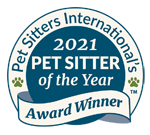After being cooped up all winter, Spring seems to be the season our four-legged friends enjoy most!
The weather is getting warmer and rain delivers a parade of new smells that our pooches just love to sniff. But, these changes also bring about an array of possible problems that can be harmful to our beloved buddies. Most dog owners are aware of flea and tick problems but, with most taking as much pride in their lawn as they have in their pet, it’s important to know the possible health risks that pesticides and herbicides can pose to your pooch.
One of the top 3 pesticides sold in the U.S. and used regularly in lawn treatments is known as 2,4-dichlorophenoxyacetic acid, or “2,4-D”. Developed by a British team during World War II, this chemical was intended to increase crop yields by suppressing weeds. The team was successful in their endeavors; however, the way that the herbicide actually works raises questions about the health risks it poses to those who encounter it.
The dicot plant grows from the tip of the leaf, making it susceptible to uncontrollable growth when coming in contact with 2,4-D.
Growing from the base of the leaf, the monocot plant is unaffected.
Being a “selective” herbicide, 2,4-D is used to kill broadleaf weeds while leaving grasses such as corn, wheat and rice alone. The chemical works by giving the broadleaf plant a form of symbolic cancer, causing it to grow uncontrollably until it eventually dies. Broadleaf plants are “dicots” (plants with two seed leaves) and have their growing point at the tip of their leaves, which makes them susceptible to uncontrollable growth; Grasses are “monocots” (plants with one seed leaf) and grow from the base of the plant, which is why they are unaffected by the chemical. From an agricultural standpoint this herbicide is highly effective, but numerous studies have proven the possibility of harmful side effects to the health of those who are exposed.
Published by the Food and Water Watch in 2013, this graph shows that the use of 2,4-D has more than doubles since 2002
Before it began covering lawns across the U.S., 2,4-D was one of two active ingredients used to create the infamous defoliant of the Vietnam War: Agent Orange. Used to deplete forest-cover as well as enemy crops during the war, Agent Orange has since been revealed to cause a wide range of serious health issues including birth defects, rashes, tumors, and even cancer... so it’s no surprise that it poses a serious health risk to our pets.
Despite years of scientific research linking this harmful chemical to numerous health problems in both animals and humans, 2,4-D is still widely used across the United States. Since it is applied to golf courses, timber yards, football fields, various crops and possibly even your neighborhood, the EPA has put together a list of products that contain this chemical that can be found here.
Whether digging, sniffing or rolling around, most dogs love a thick carpet of nice, green grass. Unfortunately this puts your pooch at a higher risk of exposure to harmful pesticides and, unlike us humans, a dog can't just change their coat and take off their shoes after a stroll through the sod. Scientific studies have shown that chemical lawn treatments increase the risk of bladder cancer in dogs in addition to raising the risk of canine malignant lymphoma...
so what can we do to prevent these harmful health effects?
- One solution is to not use pesticides on your lawn although, if your neighbors are using a lawn chemical, your dog may still have just as high a risk of exposure.
- While walking your four-legged friend through the neighborhood, try to avoid lawns until you can confirm that no pesticides have been used; luckily, most landscaping companies will mark the area treated which should not be entered for up to 48 hours.
- It is also possible to "detoxify" an area in your yard by watering down the chemicals to reduce skin contact.
Due to the vast use of lawn chemicals, chances are that your dog may still be exposed despite all of your precaution. If you think that your pooch has rolled around in something, give them a bath right when you get home to prevent absorption through their skin. You may want to wipe their paws off when you get back from a walk as well, and weekly foot soaks never hurt either!
Alison has been with Dan's Dog Walking and Pet Sitting since 2014 and has loved every second of it! She frequently hikes with her dog Maggie in the woods (click link to watch the awesome video!) and loves playing with her on the beach. Aly is a major advocate for the use of all natural pet products and specializes not only in giving animals the highest level of care, but also in creating educational material for our clients on how to best care for their pets with organic solutions.
Sources: Living History Farm, Healthy Pets









